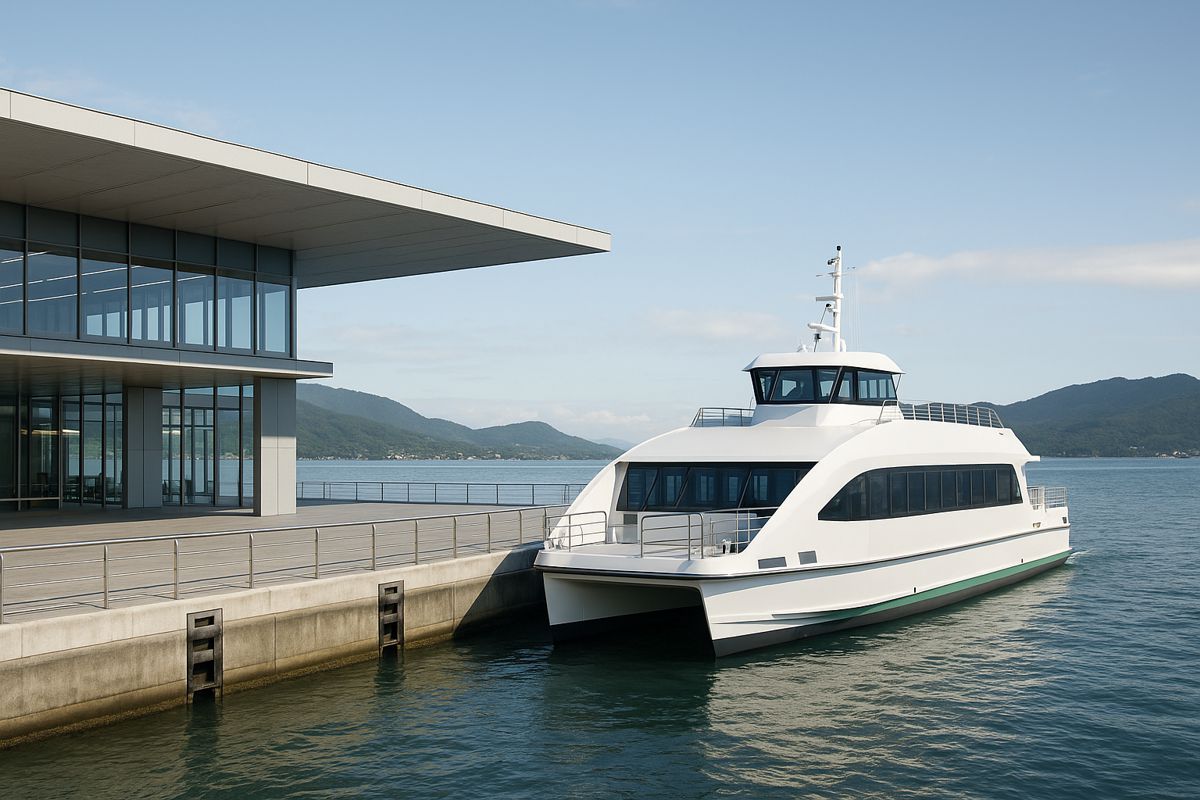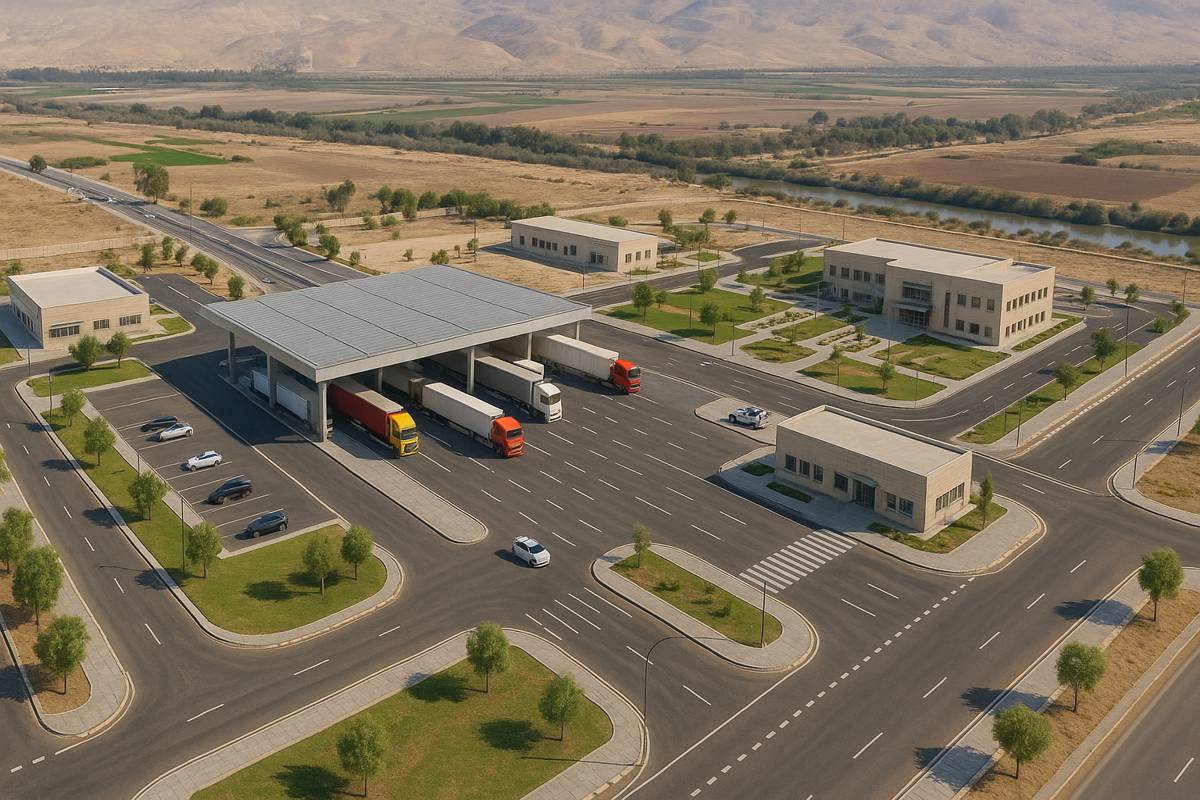Mergers and Acquisitions in Construction Create A New Era of Opportunity
In the dynamic world of UK construction, mergers and acquisitions (M&A) have become a cornerstone strategy for growth, resilience, and adaptation. The sector has witnessed a 66% year-on-year increase in M&A activity up to May 2024, and all signs point to this trend accelerating over the next 12 months. Economic recovery, ambitious government infrastructure plans, and the increasing emphasis on sustainable construction are paving the way for an M&A boom.
Firms that position themselves now—whether by expanding capabilities, consolidating resources, or exploring exit strategies—will be poised to take advantage of the evolving market. But what’s driving this surge, and what should construction firms do to ensure they’re ready for what’s coming?
A Sector in Transformation
Despite recent economic challenges, the construction sector has shown remarkable resilience. However, it’s far from smooth sailing. Material costs are skyrocketing, labour shortages are rife, and supply chain disruptions continue to pose significant hurdles. In response, companies are turning to M&A to weather the storm—consolidating resources, enhancing operational efficiency, and gaining access to new markets or specialised skills.
This isn’t just a reaction to short-term pressures, though. The UK government’s renewed focus on infrastructure development and sustainability is generating long-term confidence. Investors and construction firms alike see a wealth of opportunity in the pipeline, making M&A a key strategy for those looking to capitalise on growth.
Government Initiatives
Several government initiatives are expected to fuel M&A activity across the sector. Chief among these is the UK’s push to become a leader in clean energy. With substantial investments planned in renewable energy projects—spanning wind, solar, and green hydrogen—the demand for firms with expertise in sustainable construction is set to rise sharply. The companies capable of delivering on these projects will undoubtedly become hot targets for acquisitions.
In addition, the government’s 10-year infrastructure strategy aims to create a stable environment for large-scale construction projects. Focused on transport, housing, and digital infrastructure, this strategy guarantees a steady pipeline of work for construction firms, particularly those involved in rail projects and transport system integration. For acquisitive firms, this offers a long-term view of profitability and stability.
Meanwhile, the extension of devolution is handing more control over regional infrastructure projects to local authorities. This means local construction firms with intimate knowledge of their regions are in prime position to benefit from multi-year funding settlements. The appeal of regional firms, with their community ties and understanding of local regulations, is growing, making them attractive acquisition targets for larger companies seeking to diversify or strengthen their presence in specific areas.
Sustainability and ESG
As the construction industry shifts towards sustainability, the focus on Environmental, Social, and Governance (ESG) factors is growing rapidly. Companies that specialise in green construction methods, energy-efficient designs, and the use of sustainable materials are becoming prime M&A targets.
Firms with robust ESG credentials will not only attract interest from larger players but also secure lucrative government contracts. Conversely, a lack of visible, actionable goals around sustainability and ESG can be a deal breaker. Potential acquirers are increasingly scrutinising not just a company’s internal practices but also those across its entire supply chain. Firms that align their strategies with net-zero goals, and demonstrate strong risk management and operational efficiency, will stand out as attractive acquisition prospects.
“ESG credentials are no longer a nice-to-have; they’re a dealmaker,” says a leading industry analyst. “Firms need to be ready to showcase their sustainability efforts, not just to government clients but to the wider investment community.”
The Road to Resilience
Beyond the opportunities presented by government contracts and sustainability, the ongoing challenges faced by the sector—such as rising costs and increasing regulation—are pushing companies towards consolidation. Merging with or acquiring firms that complement existing capabilities can help businesses streamline operations, improve project management, and ultimately reduce costs.
Testing, Inspection, Certification, and Compliance (TICC) firms are becoming highly sought after as construction companies look to integrate these essential services into their operations. Ensuring compliance with regulatory standards from the outset helps mitigate risk and enhances operational efficiency, making the integration of TICC services an increasingly popular M&A strategy.
Another key trend is the rise of regional consolidation. Local firms, with their deep understanding of regional planning and regulatory frameworks, are attracting the attention of larger players looking to bridge gaps in specific markets. These firms are increasingly becoming pivotal pieces of the M&A puzzle, particularly as regional development projects gain momentum under government devolution initiatives.
What Should Firms Be Doing Now?
With M&A activity expected to soar, construction firms must be proactive in positioning themselves for success. Whether seeking to acquire or be acquired, preparation is crucial. Here are a few steps companies can take to get ready:
- Clarify Strategic Objectives
Are you looking to expand services, enter new markets, or strengthen your existing foothold? Defining your objectives will guide your approach, helping you identify potential targets or buyers. - Prepare Your Financials
Due diligence is a critical aspect of any M&A transaction. Ensure your financial records are up to date and transparent. Having a solid team of legal, financial, and industry advisors will make the process smoother and increase your appeal to potential buyers or investors. - Risk Management
Construction is inherently risky, from project delays to regulatory hurdles. Having strong risk management protocols, comprehensive insurance coverage, and sound contract management systems in place can make your firm more attractive to acquirers. - Evaluate Cultural Fit
A successful merger isn’t just about financial synergy; it’s about cultural compatibility. Establish your non-negotiables and assess whether potential partners align with your company’s values and operational style. - Invest in Technology
Firms that embrace new technologies—whether in project management, supply chain coordination, or compliance—are more attractive M&A targets. Streamlining operations and investing in efficiency-boosting tech can increase both your operational success and your appeal to acquirers.
Bright Prospects on the Horizon
The UK construction industry is set to experience an unprecedented rise in M&A activity over the coming months, driven by a combination of government infrastructure investments, sustainability initiatives, and the ongoing need for companies to scale and diversify.
For firms looking to expand or explore exit strategies, the time to act is now. By clarifying strategic objectives, strengthening financial foundations, and enhancing operational efficiency, companies can ensure they’re in the best possible position to capitalise on the opportunities that lie ahead. The future looks bright for those ready to build something big.





















